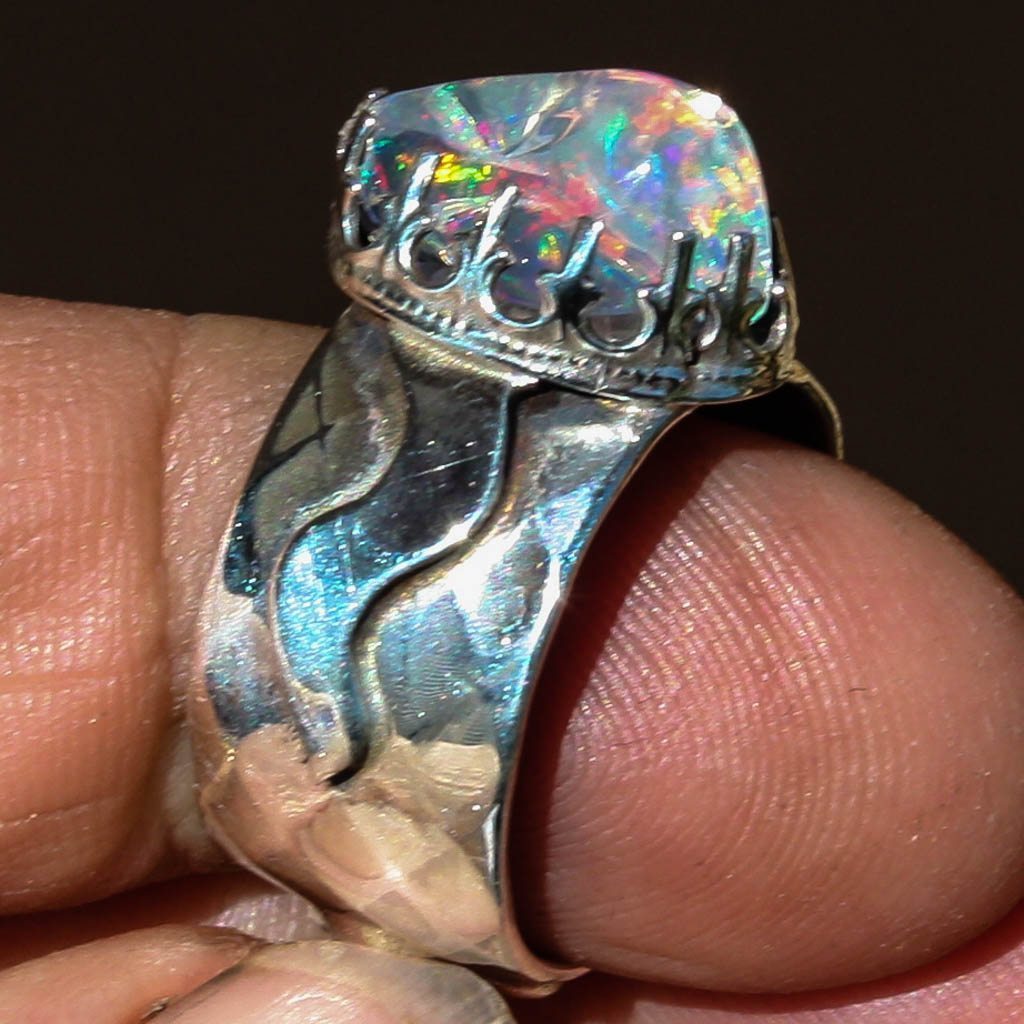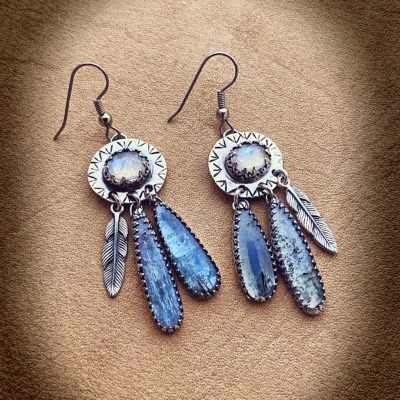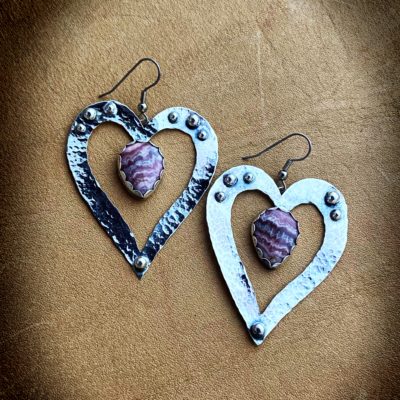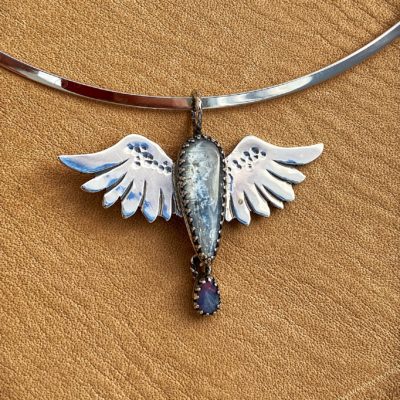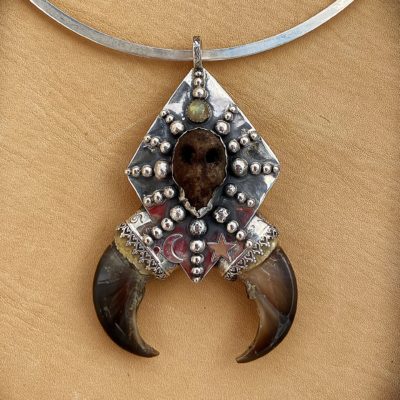In this series of posts we are going to look at the different ways to test silver. We will also be looking at the composition of silver and how this relates to its quality.
See: Different ways to test silver – Part 1
Ice
Silver has the highest thermal conductivity of common metals and alloys. When ice is place on it the ice should appear to melt straight away.
This is a difficult test to perform on jewelry because the piece is not usually large enough to emit enough heat.
Ting!
When silver is tapped up against another piece of metal it should make a pleasant bell sound. The purer the silver the finer, or higher the note will be produced.
Chemical test
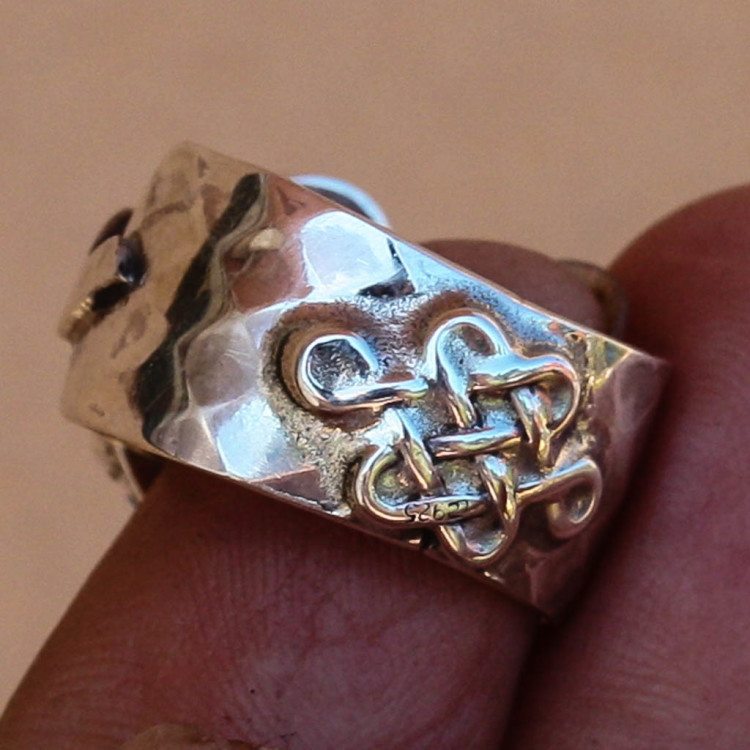
When it comes to understanding the power that lies in the symbols and gemstones you wear, there’s more than meets the eye…
Testing your silver is best done by an expert and with the proper precautions, and it will damage your silver item.
You can purchase a silver acid test almost anywhere online or from your local jewelry store.
Remember the acid burns so wear gloves and do not test your silver near children or animals.
If the piece is plated silver, this test won’t work and you would be best scraping the plate off and testing that.
To test your silver using chemicals, find an inconspicuous part of the piece and scratch a mark into it and add the acid.
Black stone plate
If you don’t want to scratch your piece, use a black stone plate to test the silver instead.
They usually accompany a silver testing kit or can be purchased in a store.
Rub the piece on the black stone until that a large part of silver appears. Drop the acid onto the line only.
Analyse the test
- Bright Red: Fine Silver
- Darker Red: 925 Silver
- Brown : 800 Silver
- Green : 500 Silver
- Yellow: Lead or Tin
- Dark brown: Brass
- Blue: Nickel
Bleaching
The last test we are going to look at is using household bleach.
Put a small drop onto the silver and wait for oxidation to occur. If it turns black then the item is silver.

